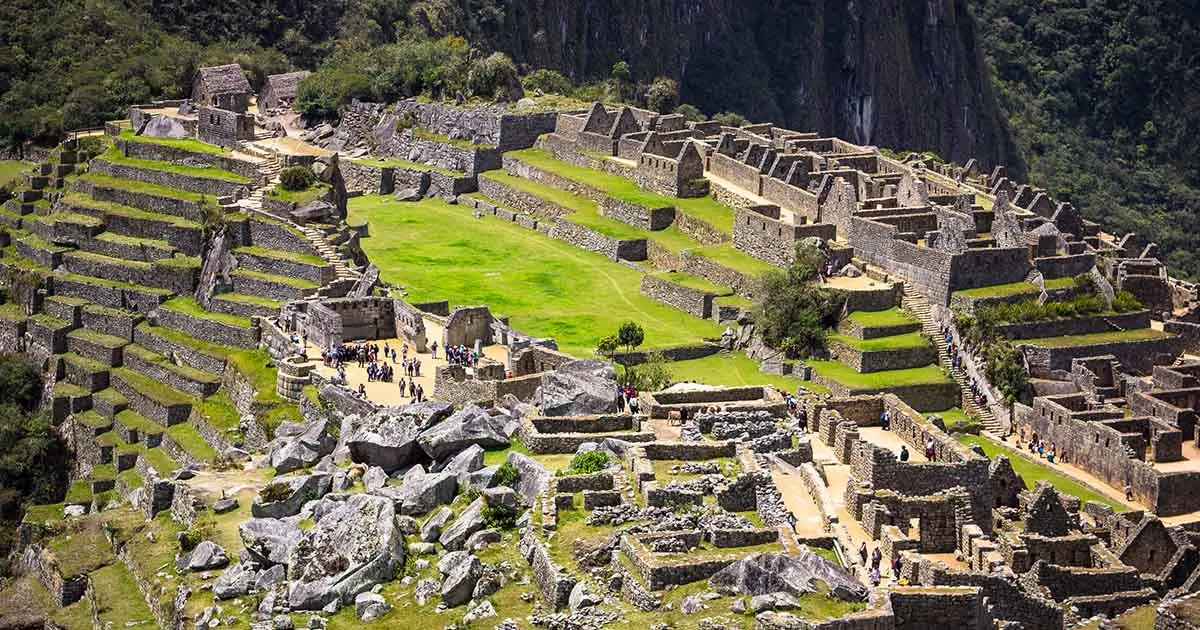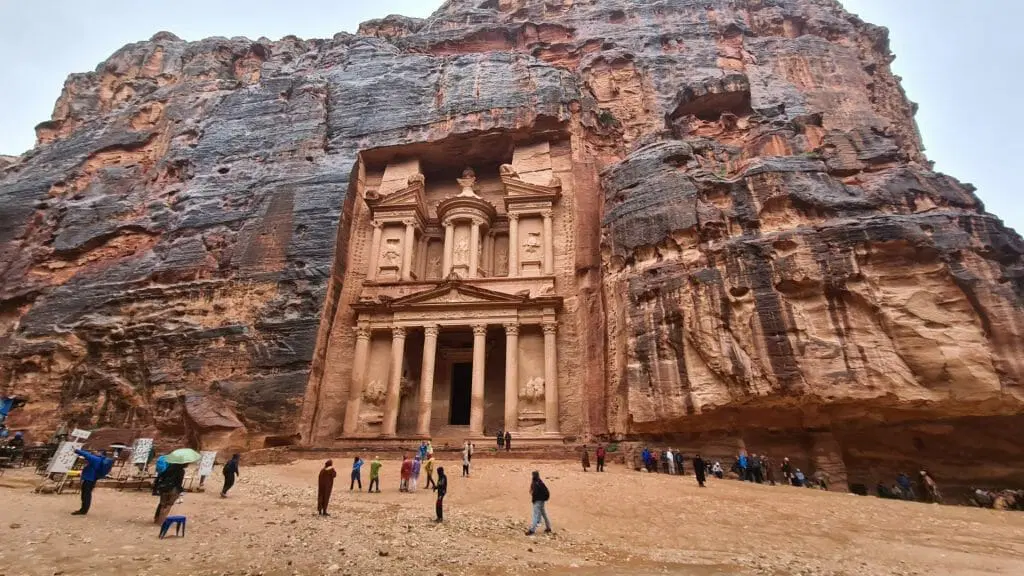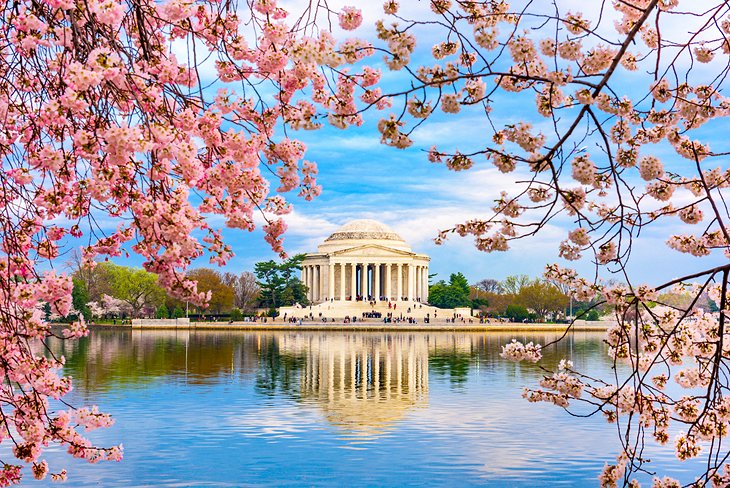pokomde.info – Machu Picchu, perched high in the Peruvian Andes, is one of the most iconic and awe-inspiring archaeological sites in the world. Known as the “Lost City of the Incas,” it has captivated travelers, historians, and explorers for centuries with its mystery, beauty, and sheer architectural genius. A UNESCO World Heritage site and one of the New Seven Wonders of the World, Machu Picchu draws over a million visitors annually, all eager to experience the magic of this ancient citadel.
The History of Machu Picchu
Machu Picchu was built in the 15th century during the reign of the Inca Emperor Pachacuti, although its exact purpose remains a subject of debate among scholars. Some believe it was a royal estate, others think it served as a religious site, or even an astronomical observatory. The name “Machu Picchu” itself means “Old Peak” in Quechua, the language of the Incas, referring to the mountain that towers above the site.
Remarkably, the city was never discovered by the Spanish conquistadors during their occupation of Peru, which is one reason it remains so well-preserved today. For centuries, the site was forgotten by all but locals, until American explorer Hiram Bingham rediscovered it in 1911, bringing it to international attention.
Machu Picchu was constructed using sophisticated dry-stone construction techniques, with perfectly cut stones that fit together without the need for mortar. The precision with which these massive stones were cut and placed remains a marvel, especially considering the site’s remote location at 2,430 meters (7,970 feet) above sea level.
How to Get to Machu Picchu
Getting to Machu Picchu is part of the adventure. Travelers typically begin their journey in Cusco, the former capital of the Inca Empire. From Cusco, there are several routes to reach the site, each offering unique experiences:
- Inca Trail: The most famous route is the Inca Trail, a 4-day hike that covers around 43 kilometers (26 miles) through breathtaking Andean scenery, Inca ruins, and cloud forests. The trail reaches Machu Picchu via the Sun Gate, where hikers get their first glimpse of the citadel at sunrise.
- Train to Aguas Calientes: For those not up for the hike, the train journey from Cusco to Aguas Calientes, the town located at the foot of Machu Picchu, is the most popular alternative. The scenic ride takes around 3-4 hours, passing through valleys, rivers, and lush landscapes before arriving in Aguas Calientes. From here, a short bus ride takes you up to the entrance of Machu Picchu.
- Salkantay Trek: For a more challenging alternative to the Inca Trail, the Salkantay Trek offers a 5-day journey through high-altitude mountain landscapes, ancient ruins, and cloud forests. The trek ends at Aguas Calientes, where you can catch the bus to the site.
- Lares Trek: The Lares Trek is another excellent option for those who want to experience rural Andean life and avoid the crowds. This trek takes you through picturesque villages and stunning mountain landscapes before arriving at the town of Aguas Calientes.
What to See at Machu Picchu
Machu Picchu is divided into several areas, each with its own distinct features. While the entire site is fascinating, there are certain highlights that visitors should not miss:
- The Intihuatana Stone: This ritual stone, often referred to as the “Hitching Post of the Sun,” is one of the most famous landmarks at Machu Picchu. It is believed to have been an astronomical instrument used by the Incas to track the movements of the sun, particularly during the solstices.
- The Temple of the Sun: This semicircular structure, built using finely cut stonework, is thought to have been an important ceremonial site dedicated to the sun god, Inti. It offers stunning views of the surrounding mountains and the valley below.
- The Inca Bridge: Situated on the far edge of Machu Picchu, the Inca Bridge is a unique feature of the site. It is a narrow stone bridge that once connected the citadel to the rest of the mountain, providing access to the area for strategic or ceremonial purposes. It’s a short, but exhilarating walk from the main site.
- The Room of the Three Windows: This iconic structure has three large windows that frame breathtaking views of the surrounding peaks and valleys. It is believed to have served a ceremonial or symbolic purpose, although its exact function is unclear.
- The Sun Gate (Inti Punku): For those who hike the Inca Trail, the Sun Gate offers the first panoramic view of Machu Picchu, especially at sunrise. This gate, which marks the entrance to the city, was likely used for ceremonial purposes.
- The Main Plaza: The heart of Machu Picchu, this expansive area is surrounded by terraces and buildings. It likely served as a place for gatherings and rituals, and provides visitors with an incredible view of the surrounding mountains.
When to Visit
The best time to visit Machu Picchu is during the dry season, which runs from April to October. The peak tourist months are June through August, so visiting during the shoulder seasons (April-May or September-October) can offer a more relaxed experience. Be mindful that rain is common during the wet season (November to March), and the Inca Trail may be closed in February for maintenance.
To preserve the site, the Peruvian government has implemented strict regulations to limit the number of visitors. Entrance tickets must be booked in advance, and there are time slots for entering the site, so it’s wise to plan ahead.
Machu Picchu’s Spiritual and Cultural Significance
Machu Picchu holds deep cultural and spiritual significance, both for the indigenous people of the Andes and for the many visitors who come from around the world to experience its mystique. For the Incas, the site was likely a place of pilgrimage and ceremonial importance, aligning with the natural world and celestial events.
Today, Machu Picchu continues to be a symbol of Peru’s rich history and a testament to the ingenuity and resourcefulness of the Inca civilization. It’s a place of wonder, awe, and reflection, where visitors can connect with both the natural beauty of the surrounding landscapes and the ancient culture that created such a remarkable site.
Preservation and Sustainability
As one of the most visited archaeological sites in the world, Machu Picchu faces challenges related to preservation and environmental sustainability. The Peruvian government has enacted several measures to protect the site, including restricting the number of daily visitors, limiting access to certain areas, and ensuring that infrastructure is designed to minimize environmental impact. Travelers are encouraged to respect these guidelines and to support sustainable tourism initiatives in the region.
Conclusion
Machu Picchu is much more than just a tourist attraction; it’s a profound journey into the past, a testament to the ingenuity of the Inca Empire, and a place where nature, history, and spirituality come together in an unforgettable way. Whether you’re trekking the ancient Inca Trail, gazing at the stunning stonework of the Temple of the Sun, or simply soaking in the panoramic views of the surrounding mountains, visiting Machu Picchu is a life-changing experience that everyone should have on their travel bucket list.
Practical Tips for Visiting Machu Picchu:
- Book Tickets in Advance: Entrance tickets are limited, so it’s important to book them ahead of time, especially during the high season.
- Wear Comfortable Footwear: The site is vast, with uneven terrain, so sturdy, comfortable shoes are essential.
- Bring Water and Snacks: There are limited facilities at the site, so carry water and snacks to stay hydrated and energized.
- Altitude Considerations: Cusco and Machu Picchu are located at high altitudes, so take it easy and stay hydrated to avoid altitude sickness.
Machu Picchu is more than just a destination—it’s an experience that will stay with you long after you’ve left.








